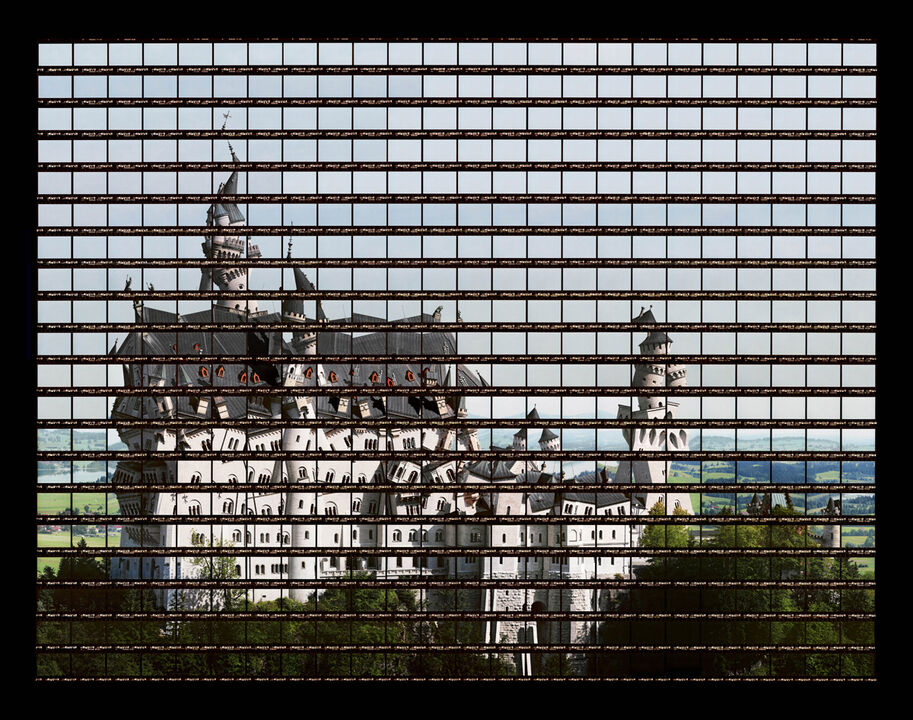Eduard Riedel
Eduard Riedel (1813–1885) was a German architect and Bavarian government building officer. He is known for his contribution to the construction of Neuschwanstein Castle.
Riedel was born on 1 February 1813 in Bayreuth. He studied architecture in Bayreuth and graduated in Munich, the Bavarian capital, in 1834. His works include the Wolfram von Eschenbach Monument in Wolframs-Eschenbach, numerous fountains in the garden of Schleissheim Palace, the Beamtenreliktanstalt and Bavarian National Museum in Munich,
as well as numerous drafts and concepts such as for the Cistercian monastery in Mehringen, a new university and a coin. He was also responsible for the restoration of numerous palaces. Riedel died on 24 August 1885 in Starnberg.
Main Selected Works
1848–64: Concepts for the grave of Maximilian II of Bavaria
1852–53: Completion of the Casino on the Roseninsel in Lake Starnberg
1852–77: Concepts for the front of the Maximilian-II-Kaserne in Munich
1854–56: Extension of Leo von Klenze's bazaar building at Odeonsplatz, Munich
1856–58: Reconstruction of Herzog Max Castle in Munich
1857: Royal hunting house near Ettal
1859–63: Bavarian National Museum, now housing the State Museum of Ethnology in Munich
1861–63: Concepts for front of the Neue Kaserne (New Barracks) in Regensburg
1862: Concepts for gardens of Feldafing Palace
1862–63: Concepts for new university at Karlsplatz in Munich
1863–65: Beamtenreliktanstalt in Munich
1864: Mausoleum for Maximilian II in Theatine Church, Munich
1869–1874: Concept for Neuschwanstein Castle









